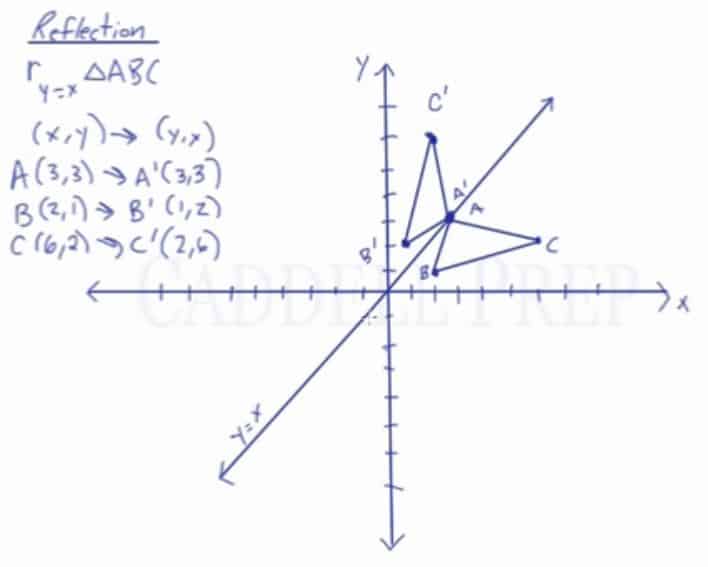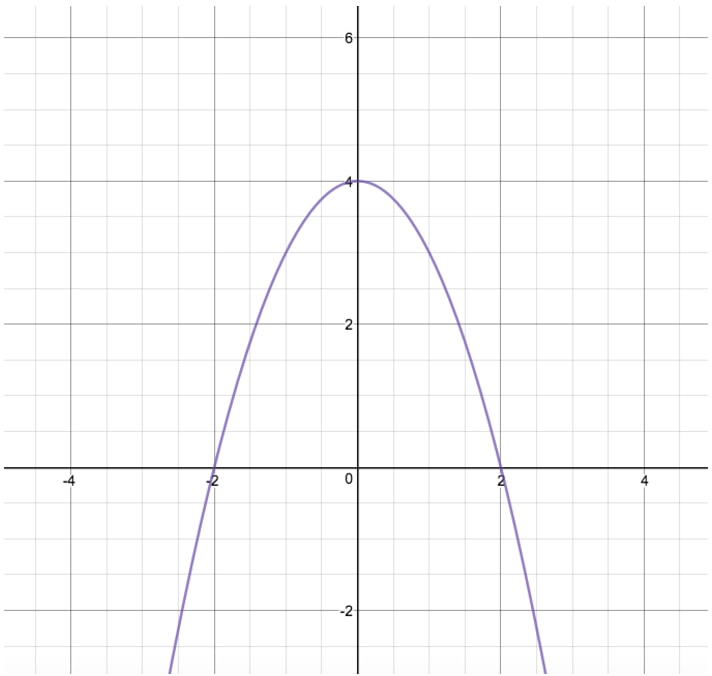

The order in which different transformations are applied does affect the final function.A function can be compressed or stretched horizontally by multiplying the input by a constant.A function can be compressed or stretched vertically by multiplying the output by a constant.A function can be odd, even, or neither.Even functions are symmetric about the axis, whereas odd functions are symmetric about the origin.A function presented as an equation can be reflected by applying transformations one at a time.A function presented in tabular form can also be reflected by multiplying the values in the input and output rows or columns accordingly.The order in which the reflections are applied does not affect the final graph. A graph can be reflected both vertically and horizontally.A graph can be reflected horizontally by multiplying the input by –1.

A horizontal reflection reflects a graph about the axis.A graph can be reflected vertically by multiplying the output by –1. A vertical reflection reflects a graph about the axis.Vertical and horizontal shifts are often combined.Relating the shift to the context of a problem makes it possible to compare and interpret vertical and horizontal shifts.A function can be shifted horizontally by adding a constant to the input.A function can be shifted vertically by adding a constant to the output.We can work around this by factoring inside the function. This format ends up being very difficult to work with, because it is usually much easier to horizontally stretch a graph before shifting. When we write for example, we have to think about how the inputs to the function relate to the inputs to the function Suppose we know What input to would produce that output? In other words, what value of will allow We would need To solve for we would first subtract 3, resulting in a horizontal shift, and then divide by 2, causing a horizontal compression. Horizontal transformations are a little trickier to think about. In other words, multiplication before addition. Given the output value of we first multiply by 2, causing the vertical stretch, and then add 3, causing the vertical shift. When we see an expression such as which transformation should we start with? The answer here follows nicely from the order of operations. For example, vertically shifting by 3 and then vertically stretching by 2 does not create the same graph as vertically stretching by 2 and then vertically shifting by 3, because when we shift first, both the original function and the shift get stretched, while only the original function gets stretched when we stretch first. When combining transformations, it is very important to consider the order of the transformations.


 0 kommentar(er)
0 kommentar(er)
